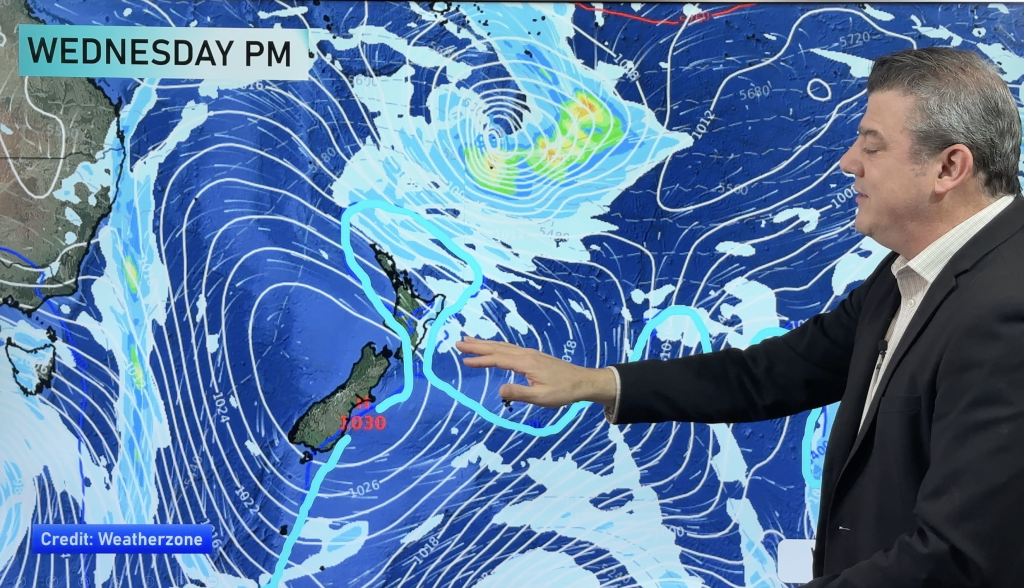
> From the WeatherWatch archives
The snows of Mount Kilimanjaro – the highest mountain in Africa – may soon be falling on bare ground following a study showing that its ice cap is destined to disappear within 20 years, due largely to climate change.
The vast ice fields of Kilimanjaro in Tanzania are melting at a faster pace than at any time over the past 100 years and at this rate they will be gone completely within two decades or even earlier according to one of the world’s leading glaciologists.
A team led by Professor Lonnie Thompson of Ohio State University said that the latest assessment of Kilimanjaro’s famous ice cap has confirmed that 85 per cent of the ice that covered the mountain in 1912 has been lost, and 26 per cent of the ice that was there in 2000 is now gone.
A series of cores drilled through the ice fields on Kilimanjaro has revealed that the melting observed over the past few decades is unprecedented in nearly 12,000 years.
“The dramatic loss of Kilimanjaro’s ice cover has attracted global attention. The three remaining ice fields on the plateau and the slopes are both shrinking laterally and rapidly thinning,” the scientists write in a study published in the journal Proceedings of the National Academy of Sciences.
“We present additional evidence that the combination of processes driving the current shrinking and thinning of Kilimanjaro’s ice fields is unique within an 11,700-year perspective. If current climatological conditions are sustained, the ice fields atop Kilimanjaro and on its flanks will likely disappear within several decades,” they say.
If conditions persist, and warmer temperatures continue to melt more ice than falls in the form of snow, then there is a “strong likelihood that the ice field will disappear within a decade or two”, the authors conclude.
In 2000, Thompson and his colleagues measured a radioactive signal in the ice cap that was left over from the American atomic tests in 1951 and 1952. That signal was at a depth of 1.6m below the surface of the ice. It has now disappeared because the top 2.5m of ice has melted away.
Thompson said the scientists have also detected elongated bubbles in the surface of the ice field, which occur when the ice melts and refreezes. There is no evidence this melting and refreezing has occurred at any other period going back 11,700 years.
“This is the first time researchers have calculated the volume of ice lost from the mountain’s ice fields. If you look at the percentage of volumes lost since 2000 versus the percentage of area lost as the ice fields shrink, the numbers are very close,” he said.
Data from the ice cores shows that the summits of both the northern and the southern ice fields have thinned by 1.9m and 5.1m respectively. The smaller Furtwangler Glacier, which was melting and was water-saturated when it was drilled by Thompson in 2000, has thinned by 50 per cent in the past nine years.
Kilimanjaro is just one of many low-latitude mountains that are losing their glaciers.
They include the ice fields on Mount Kenya and the Rwenzori Mountains in Africa, as well as glaciers as far apart as the Alps in Europe, the Andes in South America and the Himalayas in Asia.
“The increase of Earth’s surface temperatures, coupled with even greater increases in the mid- to upper-tropical troposphere as documented in recent decades, would at least partially explain the observed widespread similarity in glacier behaviour,” Thompson said.
Changes in the local vegetation around Kilimanjaro, which has lost much of its forests, may have affected the cloudiness and amount of snow that falls on the mountain.
However, the scientists believe that warmer global temperatures have had a bigger impact on the rate at which its glaciers are melting.
Source: NZHerald
Comments
Before you add a new comment, take note this story was published on 9 Nov 2009.






Add new comment